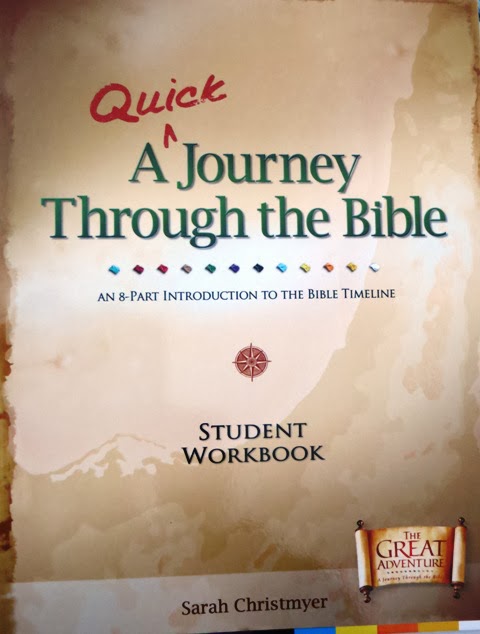But the challenge is not so much the length of the Bible;
it’s the variety and complexity of its content. We’re talking about history,
poetry, prophecy, genealogy, stories, songs, letters, parables, miracles, laws
etc written over a period of 1,500 years. How on earth do we make sense of it
all, particularly the Old Testament? Is the sometimes vengeful God of the Old
Testament the same divine person as the God of fatherly love of the New
Testament?
The Bible was central to the Second Vatican Council and the most fundamental of the four Constitutions is Dei Verbum, The Word of God.
As St Jerome held, ‘ignorance of
scripture is ignorance of Christ’ and, in the Church, understanding of divine
revelations rests on the triple foundations of sacred scripture, sacred
tradition and the teaching of the Church.
Perhaps, like me, you have waded through the Bible, from end
to end, and discovered the experience was more of a marathon ordeal than a devout
learning experience...I once read the One
Year Chronological Bible (NLT translation) end to end, and, after one year
and 1,668 pages I simply gave up trying to fit everything together. Then I read
the 1,640 page One Year Chronological
Bible (NIV translation)...and still felt I was missing the overall theme,
the message, and the guts of it. Thereafter, for quite a while, my Bible reading was spasmodic, unstructured (and not very fruitful).
Wouldn’t it be great if there was a simple guide to the
Bible that explained how the books fit together...that explained the overall
message that runs through the Old and the New Testaments...a brief overview
that took us from Creation to Salvation...a sort of biblical SatNav?
There is.
Last Saturday about 40 of us met in the parish hall of St
John the Evangelist Church in Crawley for a one-day session called ‘A Quick Journey Through the Bible.’ It
was created by an American, Jeff Cavins, a Bible teacher and evangelist. For
£15 we received a workbook, timeline chart...and a bracelet with coloured beads
that represent the 12 chronological time periods of the salvation history of
Scripture (as identified by Mr. Cavins).I must admit that, fingering the beads, my heart sank and my initial thought was ‘Back to kindergarten, another well-meaning but infantile device that trivialises the content ...coloured beads!..perhaps I can quietly slip away...’
Then the first of eight 30-minute video sessions began to play and any thoughts of escape vanished. Jeff Cavins was succinct, precise, clear and humorous. His analysis of the 14 ‘narrative books’ that tell the story of Salvation was both fascinating and credible. I began to appreciate what he called his ‘helicopter view’ of the Bible and felt that the high-level explanation of salvation history made sense. It obviously helped that he was an entertaining speaker, totally familiar with his material, full of new insights and linkages, clearly sharing only a fraction of his knowledge of this subject.
It wasn’t just me. The six other participants at my table were equally rapt and felt they had gained a valuable appreciation of the subject.
Apart from the illuminating view of the connection between the 14 Bible books that we looked at, the course succeeded for me because it made me want to read more, study more, to look in depth at the linkages between these 14 books and then flesh out the story by reading the other 59 ‘supplemental’ books, placing them in the newly-found context.
Of course, this is just one man’s interpretation of
salvation history, one way of looking at divine love through the eons. It is fascinating
and credible but it is still just one interpretation of Holy Writ. I know there are other competing biblical education programmes. But it’s like the old
question: ‘There are so many Bible translations,
which is the best one?- the one that you actually read.’ If Jeff Cavins’ attractive
analysis draws people to an intelligent re-reading of Holy Scripture, then God bless
him!



No comments:
Post a Comment